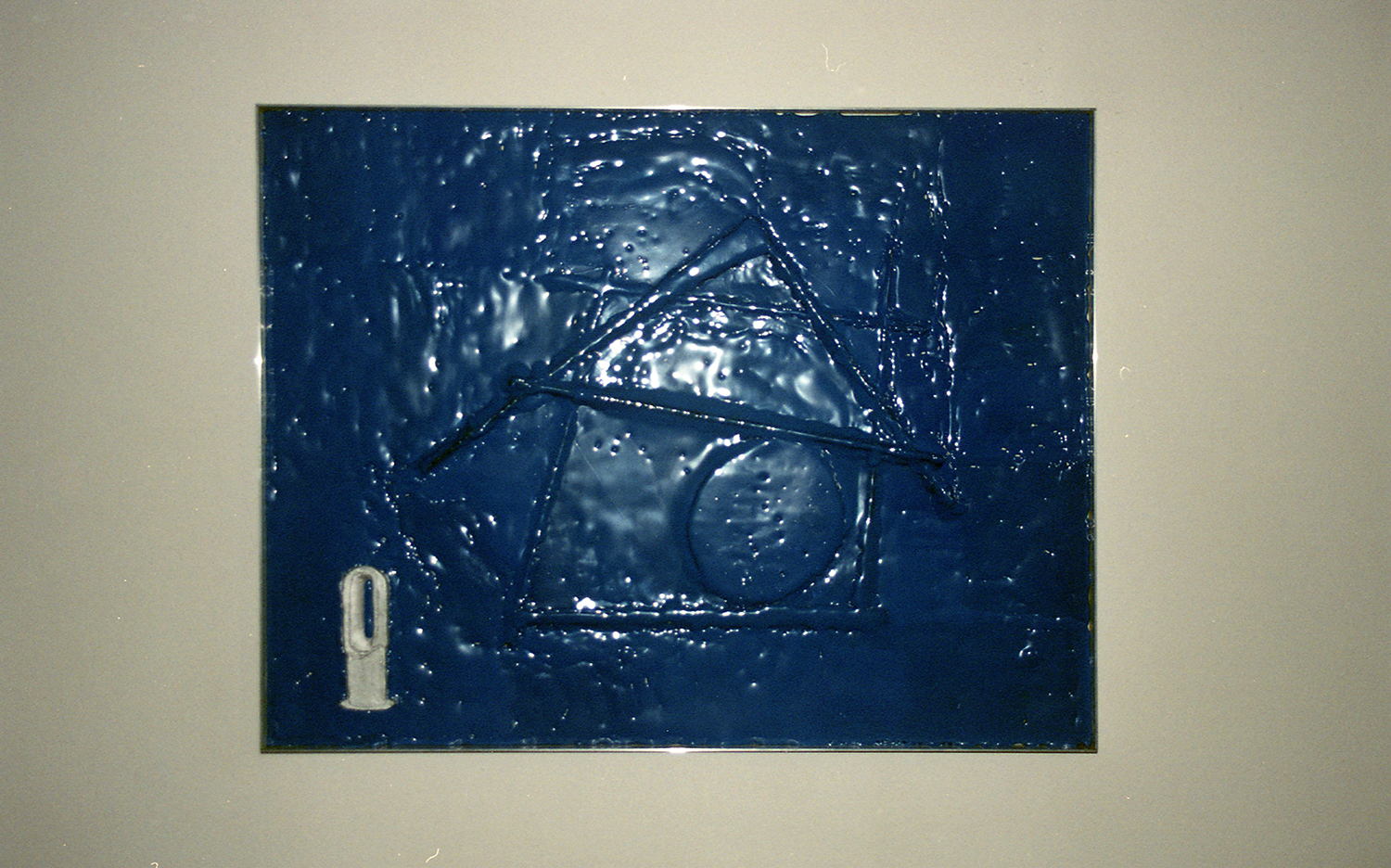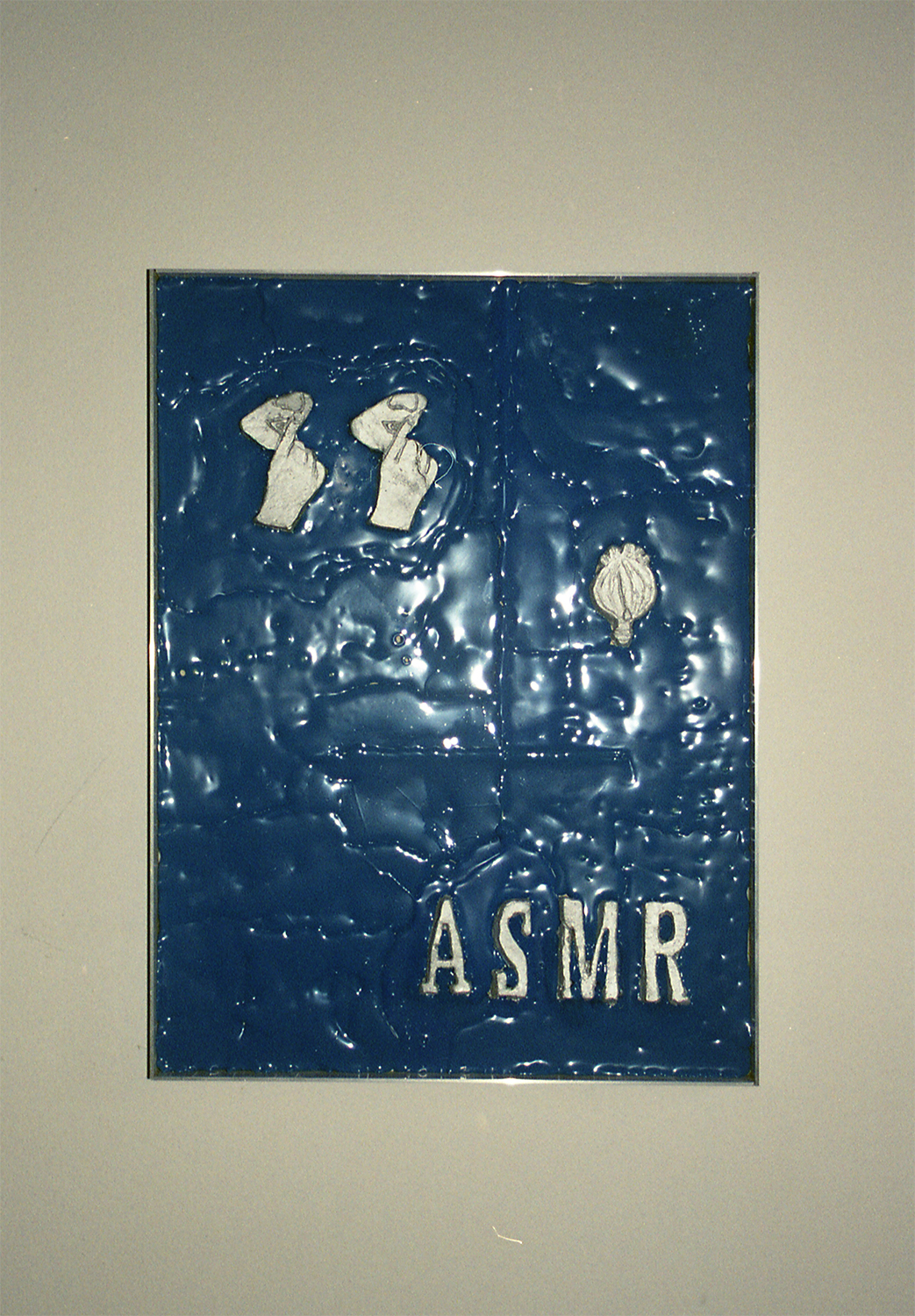
"Investigative Lecture on Tree pipit's House" by Artur Rozen
November 5th 2022, 4pm
CentrumCentrum
<< booklet >>
 |
||
"Investigative Lecture on Tree pipit's House" by Artur Rozen November 5th 2022, 4pm CentrumCentrum << booklet >> |
||
|
PROLOG
Centrum
Szczecina. Idziemy ulicą, która przed wojną nosiła nazwę
Turnerstrasse. Dookoła nas XIX wieczna, kamieniczna zabudowa. Idziemy w
kierunku wschodnim. Mijamy najbardziej reprezentatywną część miasta
Wały
Chrobrego, dawniej Hakenterrasse, które graniczą bezpośrednio z
zachodnim
brzegiem Odry. Wsiadamy do łodzi, przepływamy Odrę zachodnią i płyniemy
dalej kanałami
przez obszerny pas przemysłowy Portu Szczecin. Mijamy statki z
odległych
rejonów świata, z Turcji, Cypru, Wybrzeża Kości Słoniowej. W połowie
trasy - w
miejscu gdzie Odra rozlewa się, w swoim wschodnim nurcie, otaczając
niewielkie
połacie ziemi, wpływając do jeziora Dąbie - scenografia radykalnie się
zmienia,
jak we śnie. Silnie zindustrializowane tereny znajdujące się już za
naszymi plecami
znikają. Płyniemy wzdłuż trzech bezludnych wysp, na których siedliska
ma kilkanaście, jeśli nie
kilkadziesiąt różnych gatunków ptaków : nurogęsi , czernic , ogorzałek,
kormoranów, orłów bielików, czapli siwych, podróżniczek, kani czarnych
i rudych,
rybitw czarnych i białoczelnych, żurawi. Mijamy wyspy Ostrów Mieleński,
Mieleńską Łąkę, i docieramy
do celu naszej wyprawy – do wyspy Sadlińskie
Łąki. Niegdyś nazywana Mętna.
W czasach niemieckich Mönne. Nieoficjalnie nazywana
jest Wyspą
Robiena. Długa na 2km, w najszerszej części ma 900 metrów. To tutaj w
latach 1922–1945, w otoczeniu licznego ptactwa, mieszkał razem z
partnerką Evą
Windhorn i ich synem, niemiecki ornitolog samouk, pacyfista i
ekolog Paul Robien. tekst
Łukasz Jastrubczak
|
||
PROLOGUE
|
||
| Center
of Szczecin. We walk along a street called „Turnerstrasse” before the
war.
Around us are 19th century tenement buildings. We are walking east. We
pass the
most official part of the city - Wały
Chrobrego, formerly Hakenterrasse, which borders directly on the
western bank of
the Oder River. We board the boat, cross the western Oder and continue
through
the channels along the extensive industrial belt of the Port of
Szczecin. We
pass ships from distant parts of the world, from Turkey, Cyprus, the
Ivory
Coast. Halfway along the route - at the point where the Oder spills
over, in
its eastern current, encircling small tracts of land, flowing into Lake
Dabie -
the scenery radically changes, as if in a dream. The heavily
industrialized
areas already behind us disappear. We sail along three uninhabited
islands,
where a dozen if not more than a few dozen different species of birds
have
their habitats: goosanders, tufted ducks, scaups, great cormorant,
white-tailed
eagles, grey herons, bluethroats, black and red kites, black and little
terns, common
cranes. We pass the islands of Ostrów Mieleński, Mieleńska Łąka, and
arrive at
the destination of our trip - Sadlińskie
Łąki Island. It used to be called
Mętna. In German times it was called Mönne. Unofficially, it is called
Robien’s
Island. It is 2km long, 900 meters at its widest part. It was here that
self-taught German ornithologist, pacifist and ecologist Paul Robien
lived with
his partner Eva Windhorn and their son from 1922 to 1945, surrounded by
numerous birds. We moor to the shore. We walk among tall reeds and
grasses,
avoiding the muddy parts of the island, which is shaped on the left by
the current
of the Regalica (East Oder) and on the right by Lake Dabie. We reach a
place
not far from the shore, by the Dabskie Current, where we find concrete
fragments of the foundation of a house - a research station. We imagine
its
shape, imagine the garden adjacent to the house, which fed Robien's
family. We
listen to the sounds of birds as they pass down the story of this
extraordinary human collective from generation to generation. text by Łukasz Jastrubczak |
||












